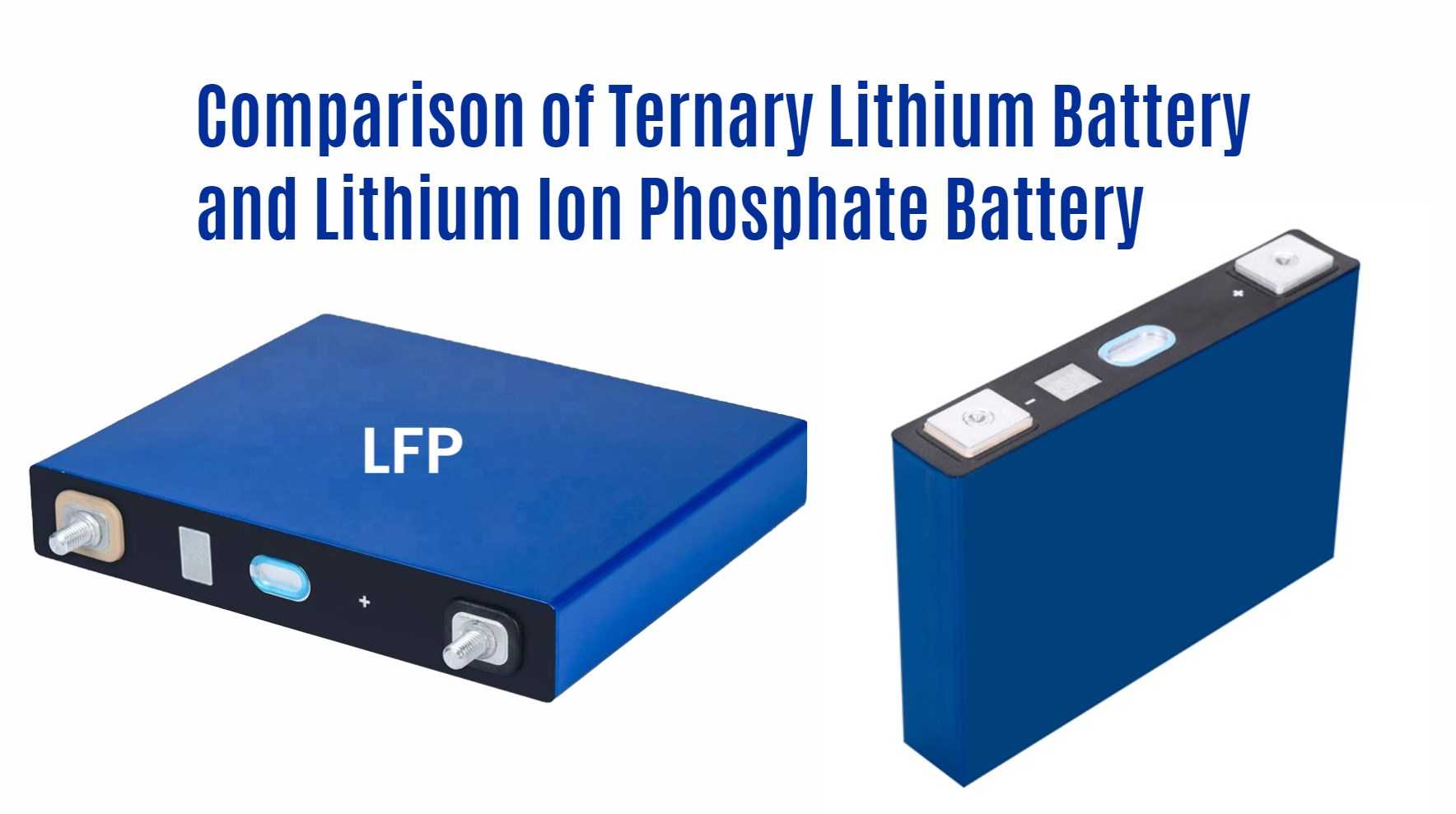Electric cars mainly use two types of batteries: lithium ternary and lithium iron phosphate. Their competition, especially in electric vehicles, depends on factors like cost and performance, influenced by the car’s price. Research studies indicate differences in energy density and safety between these battery types, shaping their use in the automotive industry.
Are lithium-ion batteries more durable?
LiFePO4 batteries, or lithium iron phosphate batteries, outshine lead-acid batteries and other lithium batteries in various aspects. Let’s explore the key advantages that make them a superior choice for businesses and vehicles.
- Efficient Energy Storage:
- LiFePO4 batteries have a minimal self-discharge rate of about 2% per month, far superior to lead-acid batteries.
- They can be fully charged in under two hours, offering quick and efficient energy storage.
- High Energy Density and Durability:
- Lithium-ion polymer (LFP) batteries, including LiFePO4, provide four times higher energy density compared to lead-acid batteries.
- The robust crystal structure of iron phosphate enhances cycle durability, ensuring a longer lifespan.
- Cost-Effective Business Solutions:
- Businesses utilizing battery energy storage can save on power bills by storing excess renewable energy for later use.
- LiFePO4 batteries maintain consistent electricity delivery even when only 50% full, contributing to cost savings.
- Versatility and Weight Efficiency:
- LiFePO4 batteries weigh approximately 70% less than lead batteries and half as much as conventional lithium batteries.
- Their installation in vehicles reduces gas consumption and enhances maneuverability.
In summary, LiFePO4 batteries offer superior efficiency, longevity, safety, and weight advantages, making them a valuable long-term investment despite their initial cost.
The Distinction LiFePO4 and Ternary lithium batteries comparison
Deciding between LiFePO4 and ternary lithium batteries involves understanding their distinct advantages and drawbacks. Let’s explore key factors like energy density, low-temperature resistance, lifespan, and production costs to highlight the unique characteristics of each battery type.
- Energy Density and Performance:
- Ternary lithium batteries excel in energy density, offering 1.7 times more (240 WH/kg) than LiFePO4 (140 WH/kg) due to their high voltage.
- NCM batteries, a type of ternary lithium battery, provide superior performance, although challenges like production costs and technology control exist.
- Low-Temperature Resistance:
- LiFePO4 batteries withstand lower temperatures with a maximum working temperature of -20 °C, compared to -30 °C for ternary lithium batteries.
- Ternary lithium batteries exhibit less winter attenuation (<15%) in the same low-temperature settings, making them more suitable for northern markets.
- Lifespan and Charge Cycles:
- LiFePO4 batteries have a longer lifespan, lasting up to 10 years with over 3500 charge-discharge cycles.
- Ternary lithium batteries, in contrast, have a shorter service life of three years and approximately 1000 charge-discharge cycles, showcasing a significant difference in durability.
- Production Costs:
- LiFePO4 batteries are more cost-effective to produce as they don’t rely on precious metals.
- Ternary lithium batteries, requiring cobalt, face cost challenges due to cobalt’s dependence on Congo’s deposits, contributing to increased import costs.
In summary, the choice between LiFePO4 and ternary lithium batteries involves trade-offs in terms of energy density, temperature resilience, lifespan, and production expenses, depending on specific application requirements.
Why are LiFePO4 batteries safer than traditional lithium batteries?
When it comes to safety, LiFePO4 batteries stand out, offering robust protection against spontaneous combustion during high-speed driving or rapid charging. Let’s explore the key safety features that make LiFePO4 batteries a secure choice for various applications.

- High Thermal Runaway Temperature:
- LiFePO4 batteries boast a thermal runaway temperature exceeding 500 degrees, significantly higher than ternary lithium batteries (less than 300 degrees) and certain high-nickel batteries (less than 200 degrees).
- This high thermal stability minimizes the risk of spontaneous combustion, enhancing safety during demanding conditions such as fast charging or high-speed driving.
- Chemical Stability and Inherent Safety:
- The chemical structure of LiFePO4 batteries remains stable until temperatures reach 500–600 °C, ensuring robust chemical integrity under normal operating conditions.
- Even if damaged, LiFePO4 batteries do not release oxygen molecules, mitigating the risk of rapid combustion. The battery only begins to degrade at around 300°C, contributing to its overall safety performance.
In summary, LiFePO4 batteries prioritize safety with a high thermal runaway temperature, chemical stability, and minimal risk of spontaneous combustion, making them a reliable choice for applications where safety is paramount.
Conclusion
Ternary lithium batteries have higher energy density but lower safety, while lithium iron phosphate batteries have lower energy density but better safety. For example, ternary lithium batteries have a higher capacity of 3500 mah, while LiFePO4 batteries can only achieve 2000 mah in the same size. Ternary lithium batteries are similar to the well-known 18650 cells, which are 18 mm in diameter and 65 mm in height.






